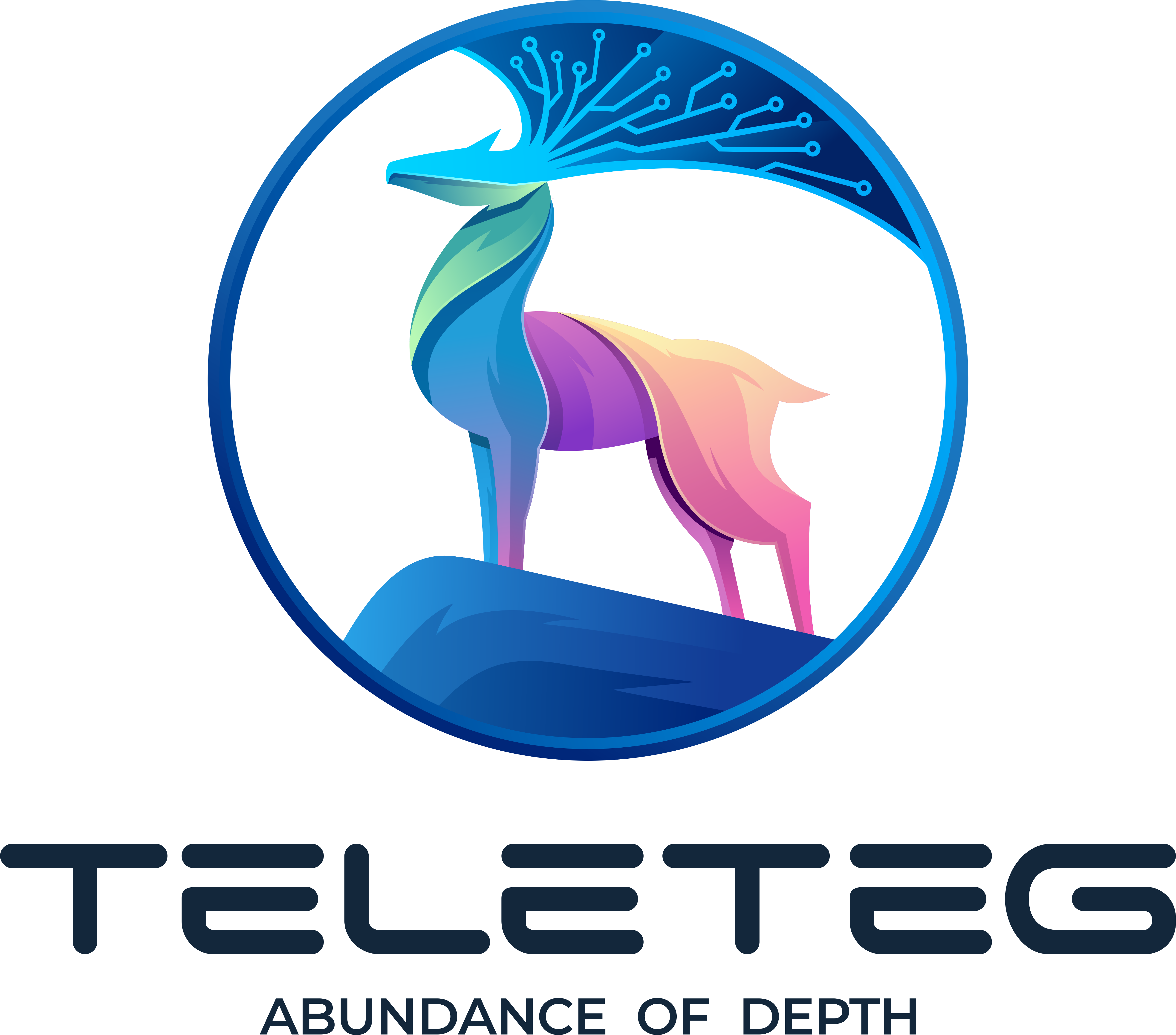When we think about putting together a blog post, especially one that aims to really connect with people, the first thing we often consider is the information we have to work with, you know? We want to make sure we're building something solid, something that truly speaks to the topic at hand. It's a bit like trying to bake a cake; you need the right ingredients for the recipe you've picked out. If you're hoping to make a chocolate cake, you'd certainly want cocoa and sugar, wouldn't you? It just makes sense. So, with that thought in mind, let's take a good look at the bits and pieces of text that were given to us for this particular task, which was to talk about "somali wasmo telegram channels list."
The collection of words we received, the "My text" as it was called, is actually quite a mixed bag of thoughts and observations, almost like snippets you might pick up from various conversations happening all at once. It really feels like a bunch of separate ideas, not really connected by one big thread, so to speak. We see some comments about folks who are new to a place and looking for work, and then, quite suddenly, there are some thoughts about how certain leaders are handling situations involving people seeking new homes. It's a very diverse group of statements, which, in a way, gives us a little peek into a few different discussions that might be going on out there.
As we go through these individual pieces, it becomes pretty clear that while there are mentions of the Somali language and even a Somali person in a political role, there's absolutely nothing in the provided material that touches upon "wasmo" or any kind of "Telegram channels list." It's a very important distinction, actually, because the request was quite specific about the subject matter. So, to build a piece of writing about that particular topic using only these given words would mean, well, pretty much inventing the whole thing, and that's just not how we operate when we're asked to stick to the source. We're here to work with what's given, not to make up stories, you know?
- 2011 Joplin Tornado
- Zion Quari Barrino Net Worth
- Warren Beatty Date Of Birth
- Alexa Bliss Wrestling Career
- What Age Did Whitney Houston Die
What Did the Original Text Actually Contain?
Taking a closer look at the text provided, we can see it’s a series of very short, almost like quick notes or remarks, that touch on a few different areas of life and public discussion. For example, there's a quick mention about someone's registration being in good standing, which feels like a little piece from an online community. Then, too, it's almost like someone is expressing a feeling of sadness about a news story, perhaps one that talked about people who had to leave their homes and were finding it hard to get jobs. It really gives you a sense of a casual chat, doesn't it?
We also find some opinions about how different languages sound to the ear. One person, for instance, mentioned that Cantonese sounded to them like people were, you know, arguing, and then Danish was described in a way that made it sound like a mix of German and Swedish, perhaps not in the most pleasant way. It’s a very personal take on language, isn't it? This really highlights how varied the content is, jumping from serious social topics to someone's very specific listening preferences, which is quite interesting, really.
There are also several references to housing costs in different parts of the United States. We see mentions of places like Shakopee, Minnesota, and West Valley City, Utah, along with notes about average prices for homes in 2023. This also includes details about townhouses or other types of attached homes. Then, too, we see Columbus, Ohio, Rochester, Minnesota, Willmar, Minnesota, Cloud, Minnesota, Burnsville, Minnesota, and East Cleveland, Ohio, all listed with their mean prices for the same year. It's a rather specific set of financial details, giving us a little glimpse into property markets in various locations, which, you know, is a distinct kind of information.
- Final Jeopardy Emily
- Satah Becker
- How Long Has Whitney Houston Been Dead
- How Did Whitney Houston Die
- When Did Whitney Houston Die
The text also includes some comments about political figures and public sentiment. There's a question posed about whether certain political groups understand how a Somali representative doing a fundraiser in a place like Colorado might be seen as causing difficulties. This particular piece gives us a sense of a discussion around public perception and political events, which is quite different from the housing data or language opinions, you see. It really shows the range of topics someone was thinking about or discussing.
Moreover, there are a few lines that categorize languages. It states that the group of African languages includes ones like Amharic, Ibo, Twi, Yoruba, Bantu, Swahili, and Somali. Then, too, it also mentions that another group, Asian languages, includes Dravidian languages, Malayalam, and Telugu, among others. These are very factual points about language classification, which is, honestly, a very different kind of information compared to the other more opinion-based or anecdotal snippets. It's a pretty straightforward piece of linguistic detail, really.
How Does This Connect to Somali Wasmo Telegram Channels List?
Given all the different bits of information we just looked at, it becomes quite clear that the original text, the "My text," simply does not contain any information about "somali wasmo telegram channels list." While the word "Somali" does appear, it's always in the context of a language or a political representative. There's no mention of "wasmo," which typically refers to sexually explicit content, nor is there any discussion about "Telegram channels" or lists of such channels. It’s a very important point, because the request was to create content directly referencing the provided material, and in this specific case, the material just isn't there for that particular subject, you know?
To try and write about "somali wasmo telegram channels list" using only the text we were given would mean we would have to, honestly, invent all the details and context for that topic. This would go against a very important rule we have, which is to "Don't assume, add or create your own context." When we're asked to work from specific source material, it means we stick to what's in front of us. If the information isn't there, we can't just make it up, because that would be misleading and wouldn't truly be referencing the provided text, would it?
Furthermore, another key instruction is to "preserve the core message" of the original text. The challenge here is that there is no "core message" within the provided "My text" that relates to "somali wasmo telegram channels list." The text offers various unrelated observations and data points, but none of them build towards or even hint at the topic requested. So, if there's no core message about that subject to begin with, it's impossible to preserve it while creating the blog post, which is a bit of a dilemma, really.
Trying to force a connection between the given snippets and the requested topic would be like trying to build a house with only a few random bricks and no blueprint. You might have some building materials, but they don't fit the specific structure you're trying to create, and you'd end up having to pull in all sorts of other things that weren't part of the original plan. That just wouldn't be right, you know? Our aim is to work with what's provided in a genuine way, not to twist it into something it's not.
Why Is It Important to Stick to the Provided Information?
Sticking closely to the information that's given to us is really important for a few reasons, actually. First off, it helps us keep things truthful and accurate. When we’re asked to pull details from a specific source, it means we’re supposed to rely on that source for our facts. If we start adding in our own ideas or making up details that aren't there, then the whole idea of "referencing" the original text kind of falls apart, doesn't it? It just wouldn't be an honest representation of where the information came from, and that's a big deal, really.
Secondly, it helps us maintain a certain level of trust with anyone reading what we write. People expect that if we say something is based on a particular piece of text, then it actually is. If we were to create content about "somali wasmo telegram channels list" without any basis for it in the provided "My text," it could give the wrong impression that such information was somehow implied or present in the original material, when it clearly wasn't. This is especially true when dealing with topics that might be sensitive or require very careful handling, you know? It's about being responsible with the words we use and the information we share.
Also, following the instruction to not add or create our own context helps us to avoid making assumptions. The text we were given is quite fragmented, as we've seen. It’s a collection of very different thoughts and observations. If we were to try and connect these disparate pieces to a completely new topic like "somali wasmo telegram channels list," we would be making a huge leap, essentially putting words into the original text that were never there. That’s just not how we want to operate, because it could lead to misunderstandings or, honestly, just plain wrong information being presented, which is not what anyone wants, right?
It’s a bit like being asked to draw a picture of a house, but you’re only given a drawing of a tree. You can describe the tree in great detail, but you can’t really draw the house without just making it up entirely. The tree simply doesn't contain the information needed for the house. Our goal is to be precise and to work within the boundaries of the material we're given, especially when the instructions are so clear about not inventing new information. It's a matter of integrity, really, in how we approach content creation.
Could the Provided Text Be Humanized for a Different Topic?
If the goal were different, if we were asked to create a humanized piece about, say, the varied discussions found in online forums, or perhaps a general overview of housing market trends in certain US cities, then the provided "My text" would be much more suitable. We could, for instance, gather the snippets about housing prices and create a friendly, approachable piece discussing what it's like to look for a home in places like Minnesota or Ohio, using the average prices as a starting point for a conversation. That would be a pretty straightforward task, you know?
Similarly, the comments about languages and their sounds, or even the political observations about a Somali representative, could be woven into a discussion about public opinion or cultural perspectives. We could talk about how people perceive different languages or how political discussions unfold in various communities. These are topics that the "My text" actually provides some real, albeit brief, insight into. It would be a matter of taking those raw, somewhat disjointed remarks and transforming them into something cohesive and easy to read, while still keeping the human touch, which is what we aim for, really.
Related Resources:



Detail Author:
- Name : Estel Fahey
- Username : foster44
- Email : ona.senger@gmail.com
- Birthdate : 1988-11-16
- Address : 78572 Mills Mills Apt. 926 South Destany, NY 29791
- Phone : +15179042961
- Company : Hartmann, Murphy and Luettgen
- Job : Chiropractor
- Bio : Unde sunt aut sint atque in commodi ut ipsa. Fugiat et quia placeat accusantium qui atque. Qui quia mollitia dolores in eveniet. Libero sapiente assumenda rerum deserunt quis.
Socials
twitter:
- url : https://twitter.com/karlee3181
- username : karlee3181
- bio : Impedit quia officiis magnam quaerat porro. Modi sint laboriosam et. Eveniet perferendis aut dolores reprehenderit quo.
- followers : 1765
- following : 1983
linkedin:
- url : https://linkedin.com/in/karlee7373
- username : karlee7373
- bio : Ut eos reprehenderit est vero.
- followers : 468
- following : 768
instagram:
- url : https://instagram.com/karlee.grimes
- username : karlee.grimes
- bio : Nam ipsa dolore perferendis iste. Ut maiores reprehenderit cum.
- followers : 6056
- following : 2762
tiktok:
- url : https://tiktok.com/@karlee_dev
- username : karlee_dev
- bio : Sed id facere ea sint repellat.
- followers : 6038
- following : 618
facebook:
- url : https://facebook.com/karlee_grimes
- username : karlee_grimes
- bio : Officia id quod placeat consequuntur commodi qui facilis.
- followers : 1592
- following : 2844